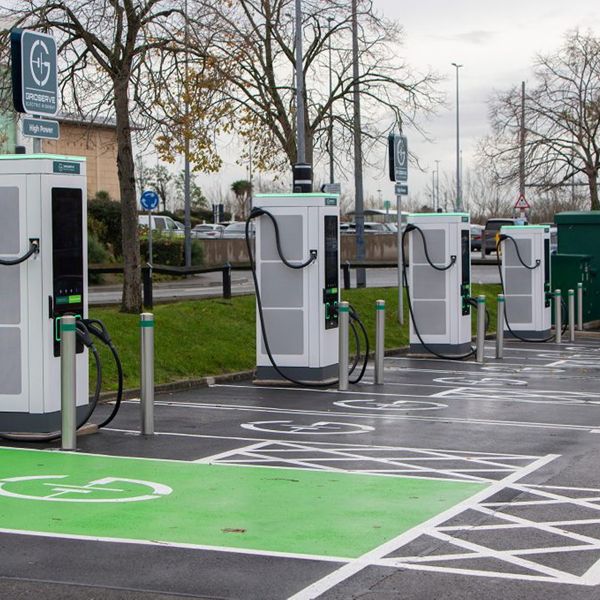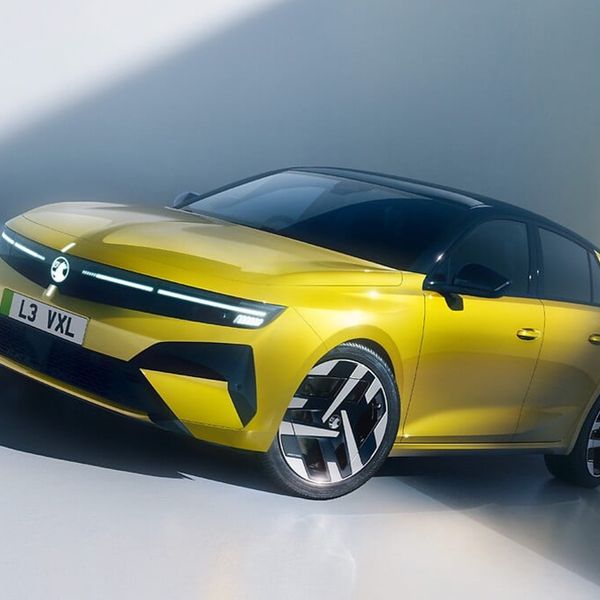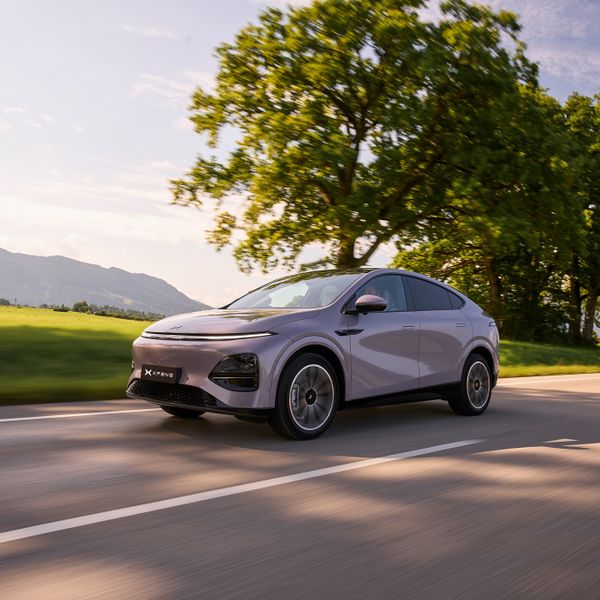Once you have made the leap into an electric car, you are unlikely to go back. In fact, the chances are that you will use it more than any of the other cars you might have at your disposal, as the lower cost and nicer driving dynamics will soon make a petrol or diesel alternative look like a second-class option.
This has meant an increasing number of households are swapping to have more than one electric or PHEV car. And occasionally that can lead to a bit of a clash when it comes to plugging in overnight when both cars need to be charged in the morning.
If it is only going to happen once in a while, you might be able to get away with using a three pin socket and a granny charger – especially if you are topping up a PHEV with a comparatively small battery. But if both of you are doing large mileages and regularly, you’ll need to start looking at an alternative – and the obvious way is to have two chargers.
This happened to me recently when I realised that we were facing a clash in the family. Our long-serving 24kWh Leaf had a realistic range of 70 miles in winter, which meant it had to be plugged in most days even if you were just pootling to the shops and doing a school run. At the same time I was often out on jobs which involved driving to an event or to Electrifying’s favourite video location, which is a 145 mile round journey with a few filming miles while there.
We could’ve charged the Leaf in four hours – the only benefit of the tiny battery - and then plugged the other car in overnight, but I’m tight and want to take full advantage of the cheaper electricity tariffs which kick in after midnight.
Is it possible?
After a bit of research I found out that it is entirely possible – but there is an easy way and then the way I did it….
The easy way is to have a charge point with double headed output, similar to the ones you’d see in a public car park. In fact, most of those I found were aimed at commercial properties.
There are two types of these generally available too – those that use a standard 7.4kW 32A feed but split it in two when there are a pair of cars connected so your home’s electrical system doesn't get overloaded. Obviously, it takes twice as long to charge two cars at once. This is the easy way, as you won’t require any special feeds or upgrades.
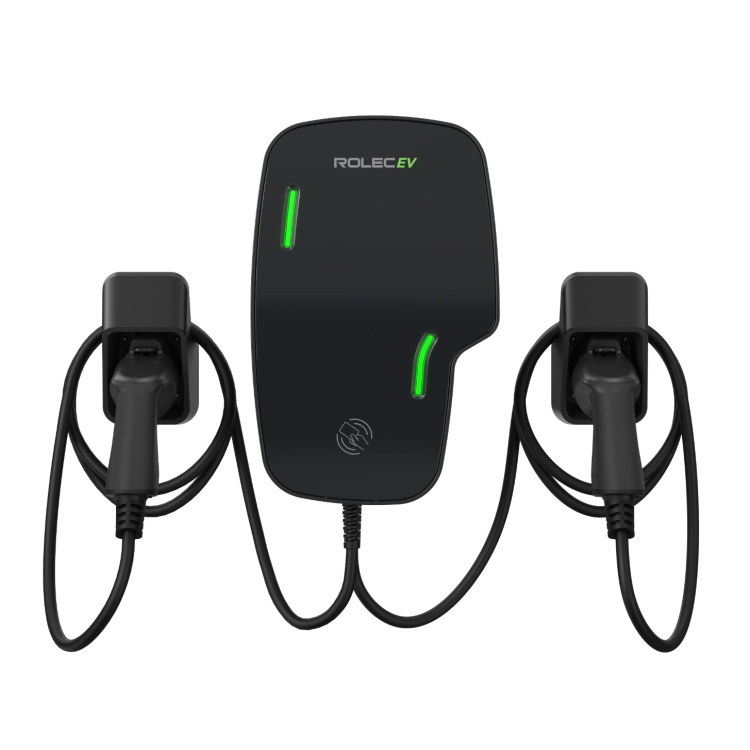
We have never tested any of them, but ask an installer for advice or look on a forum.
The more complex alternative is to have genuine dual feeds into a special unit which can supply 2x 7.4kW. You can also have two completely separate wall boxes installed, and since I already had one perfectly good charger on the wall where I needed it and the other space on my drive is further away, this is the option I took.
The installer came to do a survey and said this was entirely possible, but that I would need the feed to my house upgraded to have a 100A fuse, as I currently only had 60A on the main feed. It seems many houses in the UK will have a 30A or 60A and this isn’t enough to support two cars plus the other stuff you might have on at the same time – especially if you are like me and like to power on the energy hungry devices overnight when you are using a cheaper tariff.
The fuse upgrade isn’t as simple as popping to B&Q and buying a packet of wire. It requires you to get in touch with UK Power Networks, which looks after the electricity distribution infrastructure before it reaches your meter, and ask them to come and do the work. Amazingly, this is all free.
Once I’d contacted them and arranged for a man in high-vis to come around and poke around my front garden, a date was set for the install. To my surprise this involved digging a three foot deep hole my driveway, splicing the main cable and replumbing it all. It took a couple of days, but they did a fine job. I was half expecting an invoice but it never came!
With the upgrade done, the charge point installer was happy to come and run the new wire from the fuse box with a new spur, straight to a new wall box in the perfect spot in front of the place where Mrs B parks her Leaf.
It works a treat and means we can run charging for two cars at the full 7.2kW, which we often do when Octopus is having one of its free energy sessions or we simply need to top up at the same time and want to make the most of the cheaper overnight power.
It sounds like hassle, but honestly it is simply future proofing the house. And the bigger fuse also means we can install a home storage battery if we want and charge it from the mains when energy is cheap.
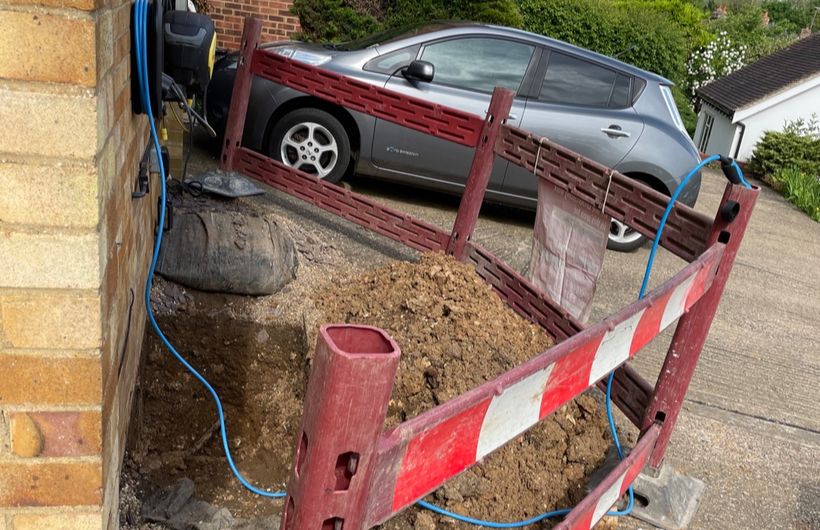 There's a hole in my driveway! But it didn't cost a bean
There's a hole in my driveway! But it didn't cost a bean 






